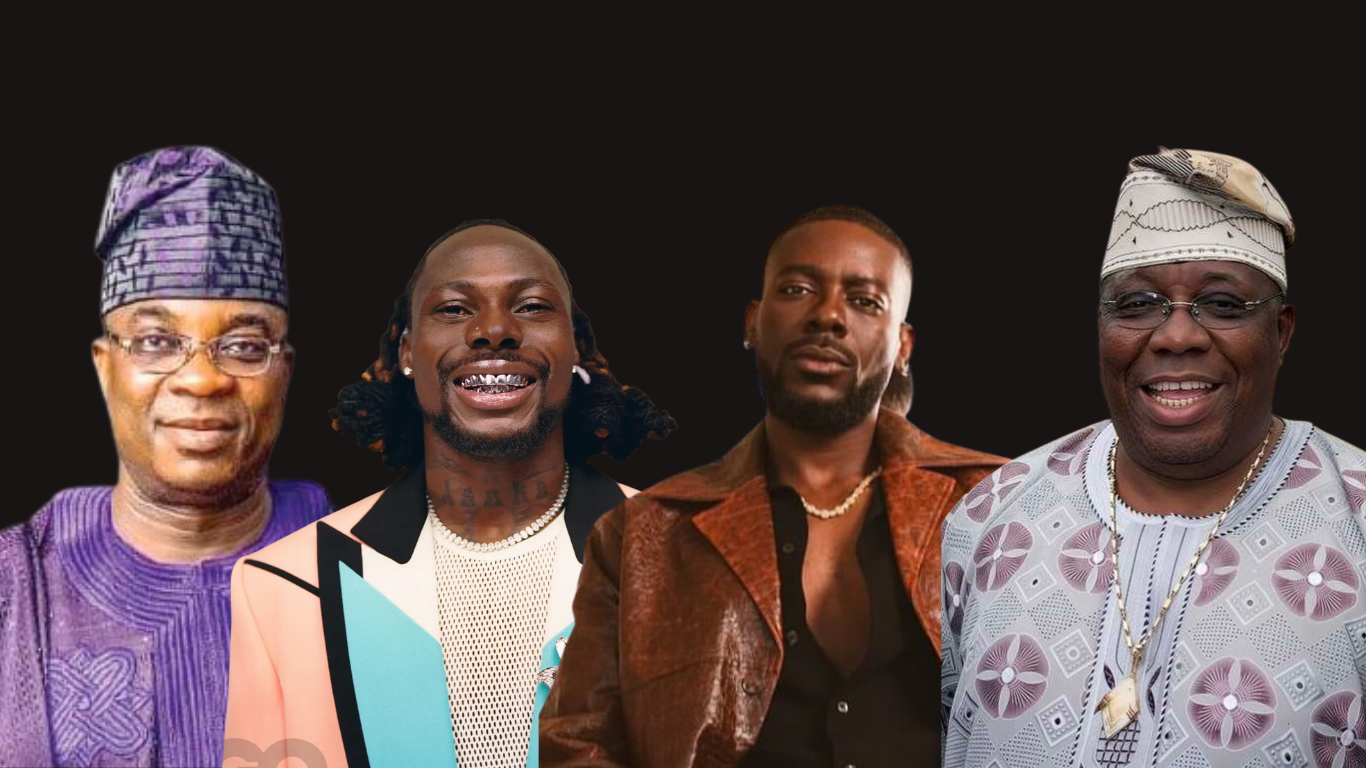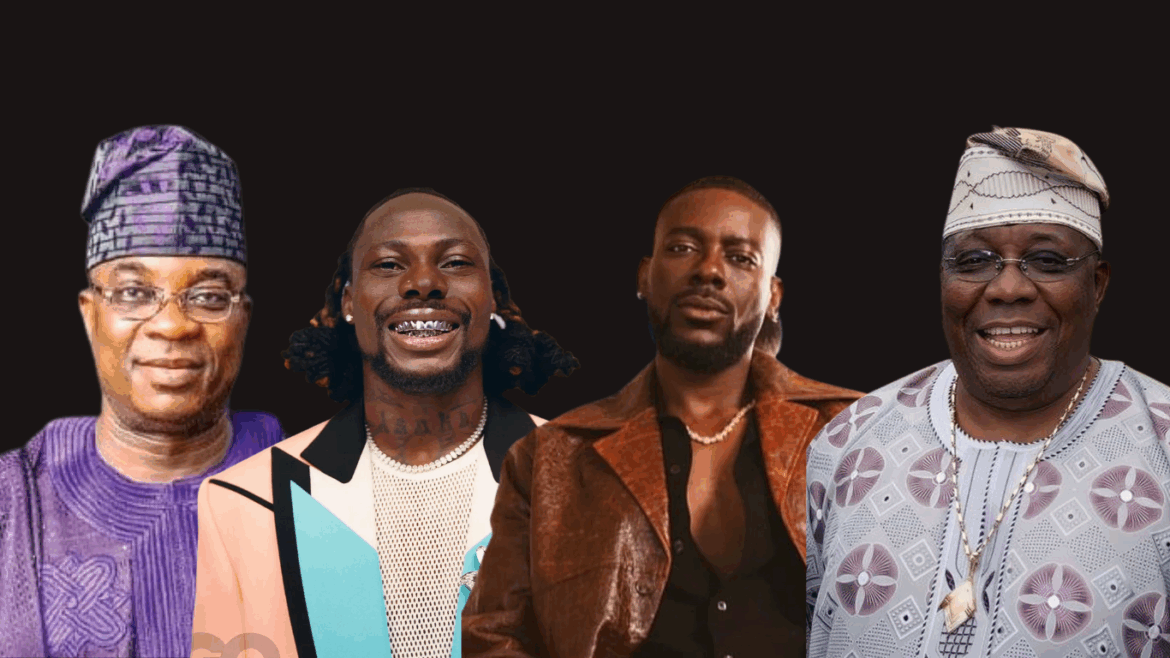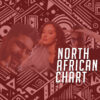Listeners:
Top listeners:
-
 play_arrow
play_arrow Cosoro Afrobeats UK's No.1 Afrobeats Radio Station
-
 play_arrow
play_arrow Cosoro Pidgin Na we b d No.1 UK Pidgin Radio
-
 play_arrow
play_arrow Cosoro Evergreen UK's No.1 Radio for Timeless African Sounds
The Fuji Takeover: Adekunle Gold, Asake & Co. Are Reclaiming the Sound of the Streets

In the evolving landscape of Afropop, the fusion of traditional sounds with contemporary beats has become both a trend and a cultural mission. Yet, one indigenous genre that remains intriguingly on the fringes is Fuji, a rich, vibrant Yoruba musical style rooted deeply in Nigeria’s cultural history. The question on many lips today is: Can FUJI break into the mainstream, propelled by artists like Adekunle Gold, and reshape the soundscape of Afropop?
The Fuji Phenomenon: Roots and Resonance
Fuji music originated in the 1970s as a spiritual and social soundtrack for the Yoruba community, blending traditional percussion, vocal chants, and improvisational storytelling. It’s rhythmic, intricate, and deeply expressive, offering not just entertainment but a connection to cultural identity. However, its niche appeal and the complexity of its sound have historically limited its crossover into mainstream Afropop, which often leans more toward danceable, global friendly beats like Afrobeat and Afropop’s commercial subgenres.
At the heart of Fuji music lies a complex and layered percussion ensemble that creates its distinctive rhythm and energy:
-
Talking Drums (Dundun): Perhaps the most iconic instrument, the talking drum mimics the tonal language of Yoruba, allowing the drummer to “speak” through the drumbeats. This instrument drives much of Fuji’s call-and-response dynamic and storytelling.
-
Sakara Drum: A shallow, round drum that produces a sharp, crisp sound, often used to complement the talking drums and add rhythmic texture.
-
Goje (Fiddle): This string instrument introduces melodic elements to Fuji, weaving soulful tunes that contrast the percussion-heavy backdrop.
-
Agidigbo (Thumb Piano): Adds a metallic, buzzing tone that enriches the overall sonic palette.
-
Vocals: Fuji relies heavily on vocal improvisation, chanting, and call-and-response structures. The lead singer often performs poetic, sometimes spiritual lyrics that touch on social commentary, religion, and daily life.
Fuji’s style is characterized by its intensity, improvisation, and layered percussion, with songs often extending into long performances that build energy and engage audiences deeply.
Legends and Pioneers of Fuji
No discussion of Fuji music would be complete without paying homage to its pioneers who shaped and popularized the genre:
-
Alhaji Sikiru Ayinde Barrister: Often hailed as the “father of Fuji,” Barrister revolutionized the genre by modernizing traditional Yoruba percussion styles and introducing innovative vocal techniques. His music brought Fuji from the streets to the concert halls, setting the stage for future generations.
- Alhaji Kollington Ayinla: Another towering figure in the Fuji music scene is General Kollington Ayinla, renowned for his gritty vocal delivery and streetwise lyrical style. Kollington helped shape the sound and swagger of modern Fuji. His bold innovations and fierce performances pushed the genre forward, cementing his legacy as one of its most influential pioneers. His impact remains deeply woven into the fabric of Fuji music today.
-
Alhaji Wasiu Ayinde Marshall (K1 De Ultimate): A legendary Fuji maestro, K1 has been instrumental in evolving Fuji with elements of modern pop and highlife. His music maintains the genre’s authenticity while pushing its boundaries.
These artists not only defined Fuji but also paved the way for younger talents to experiment and bring the sound into new spaces.
The New Generation Pushing Fuji Forward
In recent years, a wave of contemporary Nigerian artists have begun weaving Fuji’s indigenous sounds more boldly into the fabric of mainstream Afropop. These stars aren’t just sampling Fuji, they’re championing it as a core influence:
-
Adekunle Gold: Perhaps the most notable figure in this movement, Adekunle Gold has embraced Fuji’s rich percussion and vocal styles fully in his albums, offering an authentic yet contemporary take that bridges tradition and modernity. His work challenges the industry’s norms by making Fuji sounds central to his music rather than just an accessory.
-
Asake: Known for blending Fuji-tinged beats with streetwise Afropop and catchy hooks, Asake’s music flirts with Fuji rhythms and Yoruba chants. While his sound remains accessible and danceable, it nods respectfully to Fuji’s roots.
-
Oshamo: An emerging voice, Oshamo brings a fresh take on Fuji and Yoruba indigenous sounds, mixing them with modern trap and hip-hop elements, creating a fusion that appeals to younger audiences while keeping cultural authenticity intact.
-
Falz: Though primarily known for his witty rap and Afrobeat-influenced tunes, Falz has incorporated Fuji percussion and vocal styles in some of his recent work, reflecting a broader trend of reclaiming indigenous sounds in Nigerian pop music.
This new generation is pivotal. They are expanding Fuji’s appeal beyond traditional listeners, making it relevant for youth culture while preserving its core identity.
Mainstreaming Indigenous Sounds: The Stakes
Bringing Fuji into mainstream Afropop isn’t just a stylistic choice; it’s a cultural statement. It challenges the dominance of globalized Afropop templates by re-centering Nigerian indigenous identity and heritage. It also offers younger generations a link to their roots through music they can relate to and celebrate.
But the stakes are high. Will the commercial market accept Fuji’s complexity and earthiness? Can streaming algorithms and radio stations accommodate this shift? And will the artist community embrace Fuji as a foundational sound rather than a niche or novelty?
The Future Sounds Bright
Given the current trajectory, the answer could be yes. Global audiences are increasingly hungry for authenticity and diverse cultural expressions. With artists like Adekunle Gold, Asake, Oshamo, and Falz leading the charge, Fuji music is poised to carve a space for itself, not as a relic of the past but as a dynamic, evolving force in Afropop’s future.
If this movement gains momentum, it could inspire a broader renaissance of indigenous genres within popular music, inviting a richer, more textured soundscape that honors Africa’s musical heritage while pushing boundaries.
Written by: Adedoyin Adedara
Similar posts
Recent Comments
No comments to show.
Copyright © 2025 Cosoro Radio | All rights reserved









